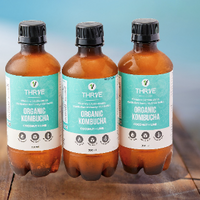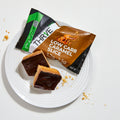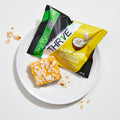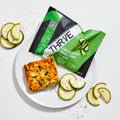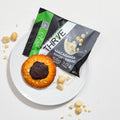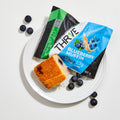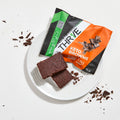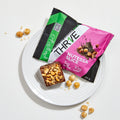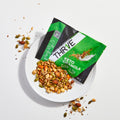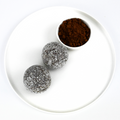Do you want to become the leanest, healthiest and most energetic version of yourself? Consider the Ketogenic diet – it’s science-backed and delivers real world results!
 This low-carb diet can help transform how you look, feel and perform in as little as two weeks. Think: effortless fat loss, increasing and stablised energy levels, improved mental clarity, and a reduced risk of numerous lifestyle diseases.
This low-carb diet can help transform how you look, feel and perform in as little as two weeks. Think: effortless fat loss, increasing and stablised energy levels, improved mental clarity, and a reduced risk of numerous lifestyle diseases.
The basics
So how do you get started? Most nutritionists recommend limiting your total carb intake to 50g a day or less, with a focus on smart carbs which are low GI and high fibre and eliminating added sugars. This will help you transition to what’s called ‘nutritional ketosis’. The idea is to eat a plate full of veg, top with a palm-sized portion of protein, then garnish with fats. This nutritional shift to quality proteins, healthy fats and high fibre vegetables, also shifts the way your body burns energy. In short, you’ll primarily burn fat instead of carbs for fuel. The fact is, we all have the ability to shift back and forth between burning carbs and burning fats for fuel, but most of us never tap the fat pathway for any extended period of time because we eat carbs every three hours. Sound familiar?
How long does it take?
To get the keto energetic system humming, and to start drawing down on stored body fat for energy, you need to commit to going ‘keto’ for anywhere from a few days to a couple of weeks, depending on the individual. A good starting point? Experiment for a two week period, per the THR1VE Protocol. As always, check with your health professional before starting, especially if you have any specific questions or concerns. The great news is that anthropological evidence shows we were designed to use fats for fuel – so you should see and feel the benefits pretty quickly.
Bonus!
Not only will you lose excess body fat over time to achieve your ideal weight, you will be tapping a constantly available source of energy. This eliminates the ups and downs of a carb dominated diet. Many people also report an enhanced level of mental clarity and productivity as the brain functions optimally on ketones, amongst many other benefits.
Want to go keto?
Here’s a few tips to keep in mind:1. Eat more fat
Yes, as counter intuitive as it may seem, by going keto you eat fat to lose fat. Increase your intake of ‘healthy fats’, including olive oil, coconut oil and grass fed butter. Avoid inflammation-provoking processed oils and fats, such as vegetable, industrial and seed oils. Interested in eating more healthy fats? We love the book The Big Fat Surprise by Nina Teicholz.
2. Consider Intermittent Fasting
Intermittent fasting is where you reduce the window of time each day that you are consuming food to around 8 hours (there are a number of philosophies, but this is our preferred one). For instance eating between 12pm-8pm every day, equates to a 16 hour fasting window. This is a simple and convenient way to reduce your glucose levels and switch to fat burning. By ensuring all meals consumed in the window are nutrient dense, and appropriately portion controlled, you can also effortlessly reduce calories to further improved fat loss.
3. Reduce Training Volume, Focus On Intensity
We know reducing overall training volume is counter intuitive in many ways. However, it’s critical to ensure that you can reduce calories and transition to fat burning without spiking cortisol, losing muscle and depressing your metabolism. We want to preserve and even enhance health-promoting muscle while dropping excess body fat. Training should be brief, infrequent and intense, see our THR1VE Protocol for detailed recommendations. This training model will save your precious time, while improving your end result. Win win!


